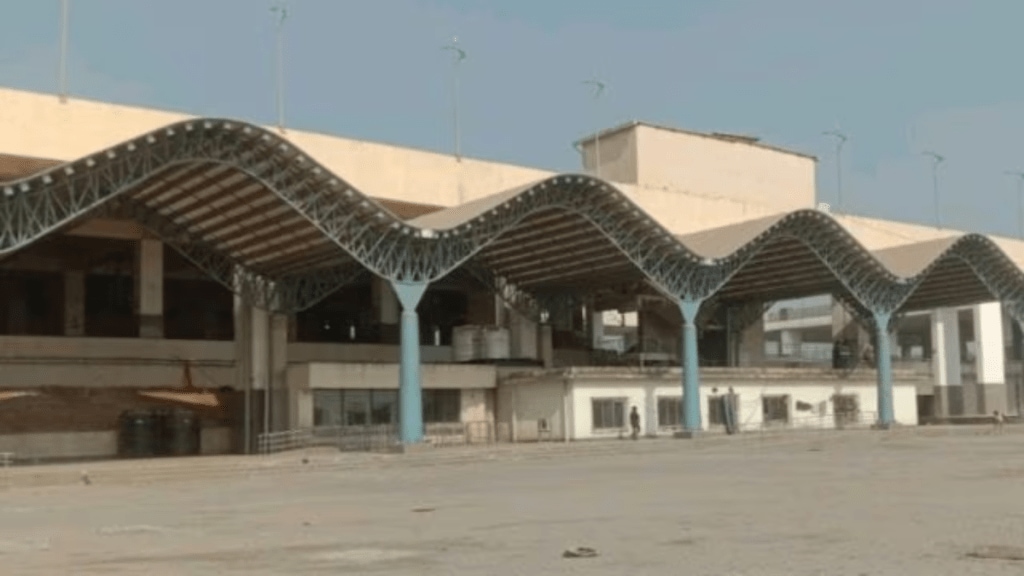Passengers at the upcoming Navi Mumbai International Airport will pay one of the steepest user development fees in India—Rs 620 for domestic and Rs 1225 for international flyers. AERA says the tariff is formula-based, not operator-driven, with rates expected to decline over time.
If you take a domestic flight from the upcoming Navi Mumbai airport, you will have to fork out a user development fee of Rs 620 —three-and-a-half-times more than the Mumbai airport. For international flyers, the fee will be nearly double: Rs 1,225 at Navi Mumbai vs an average of Rs 655 for economy and business class flyers at Mumbai.
The steep UDF at the Adani-operated Navi Mumbai International Airport (NMIA) — among the highest in the country — mirrors the trend of substantial increases in the fee at other airports undergoing infrastructure upgrade.
AERA’s formula-driven fee structure
“Adani Airport does not get to decide what (UDF) to charge. There is a big misconception in the industry that Adani and GMR charge more. We have zero authority to decide what we should charge,” Arun Bansal, CEO, AAHL said in an interaction with FE.
“The UDF is independently decided by AERA based on defined formulas. We only provide input. Older the asset, lower the charge and newer the asset higher the charge. Overtime the rates go down,” Bansal added.
While Navi Mumbai will start operations with high UDFs, other airports across the country have an even steeper fee. At Kannur airport, domestic flyers pay Rs 850 and international passengers Rs 1,798. At Thiruvananthapuram, domestic UDF is Rs 840 and international Rs 1,680, and in Chandigarh the fees are Rs 725 and Rs 1,550 respectively.
At the Delhi airport, departing domestic passengers pay Rs 129 as UDF and international flyers pay Rs 650 or Rs 810 depending on flying category.
Impact on airlines and future tariff revisions
The Navi Mumbai airport is set start commercial operations from November with both international and domestic flights starting together, according to Adani Airport Holdings (AAHL) executives. The steep UDF will pose a challenge for airlines to price their tickets attractively.
AAHL controls seven operational airports, including the Mumbai airport, and one underconstruction airport. It has a market share of nearly 25% of India’s domestic passenger traffic, just behind market leader GMR Airports, which runs Delhi and other airports.
AAHL proposes to infuse over Rs 57,000 crore for the creation of a variety of supporting facilities at NMIA including a second runway, a second terminal building, automated people movers which will connect the two terminals.
The steep UDF at NMIA will be followed shortly by a likely upward revision of the same at three other airports run by AAHL — Lucknow, Ahmedabad, Thiruvananthapuram — by the end of FY26. UDFs typically decrease in the long run when the funds for erecting supporting assets for an airport is raised.
“We will get a revised tariff order in March 2026 for Lucknow, Ahmedabad and Thiruvananthapuram and fewer more will come up later,” Bansal said.
Responding to a question in the Rajya Sabha regarding Adani-operated airports “charging significantly higher rates” compared to the airports operated by Airports Authority of India (AAI), Minister of State for Civil Aviation Murlidhar Mohol said, “AERA follows a uniform tariff methodology across major airports, regardless of ownership.”

